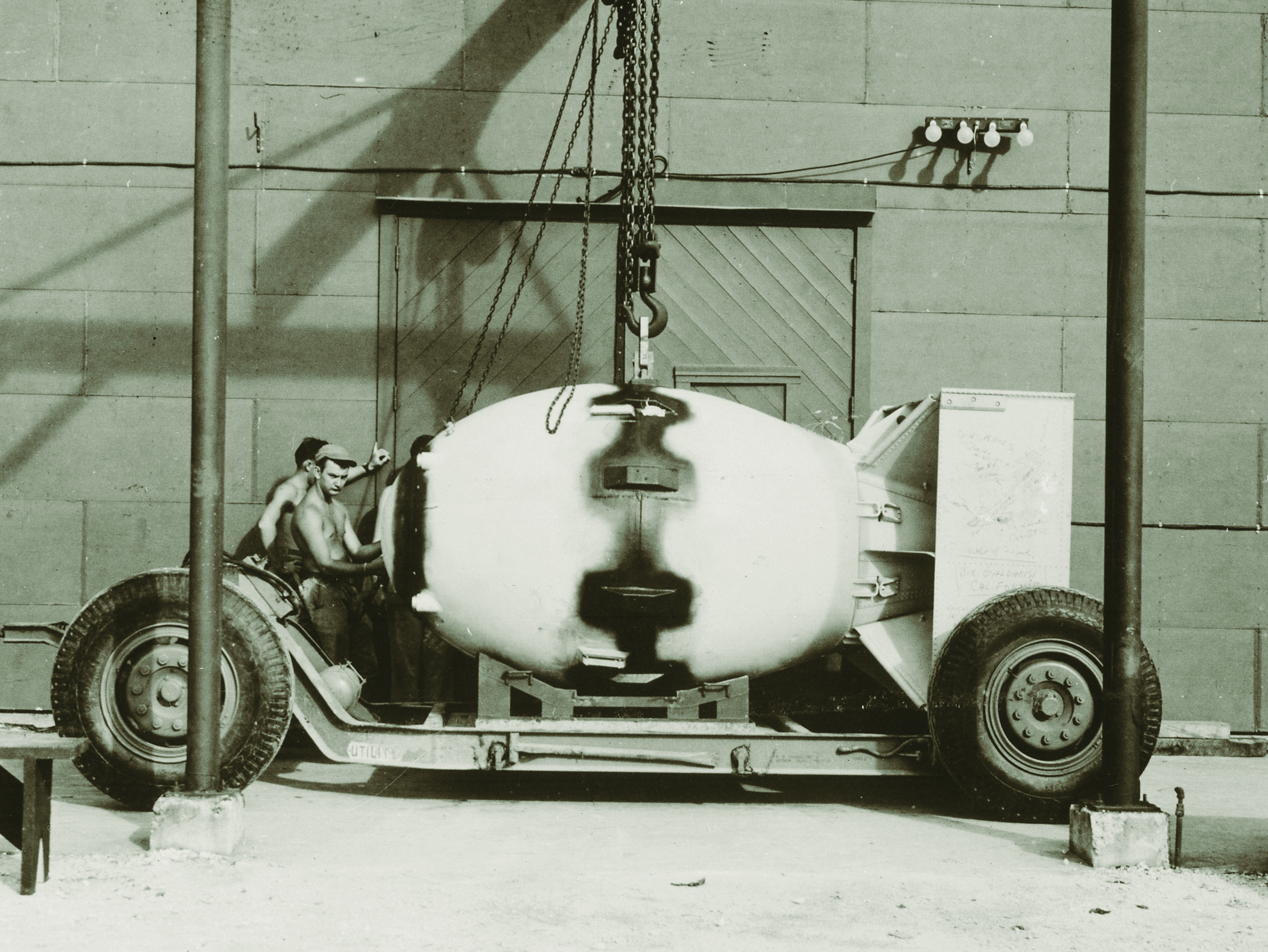Imagine disembarking on the shore of a remote tropical island. Walking cautiously past swaying palm trees into the heavy undergrowth, you soon encounter what appears to be the fossilized bones of an enormous prehistoric creature. The thick parallel lines might have been ribs, and the long straight stretches its spine or appendages. Naturally you're moved to wonder how it appeared when alive, how it moved about and what it ate.
For dyed-in-the-wool history buffs or those merely looking for an exotic place off the beaten track to relax, Tinian beckons. It's an easy trip from Japan. If you take a Delta Airlines flight to Saipan during daylight hours, be sure to request a window seat on the right side of the aircraft. On the plane's approach to neighboring Saipan, you'll get a fantastic bird's-eye view of the "ribs" of that prehistoric creature — the four runways of North Field — which in the waning months of World War II was the largest operational U.S. air base in the world.
Home to barely 3,000 people, the 101-sq.-km island of Tinian is one of three inhabited islands of 14 that make up the U.S. Commonwealth of the Northern Marianas. Over a period of half a century — between 1899 and 1944 — Tinian went from being controlled by Spain to Germany, Japan and finally the U.S., which in July 1944 captured the island in an eight-day campaign that was largely overshadowed by the bigger and bloodier battle on Saipan, located just 9 km to the north.



















With your current subscription plan you can comment on stories. However, before writing your first comment, please create a display name in the Profile section of your subscriber account page.